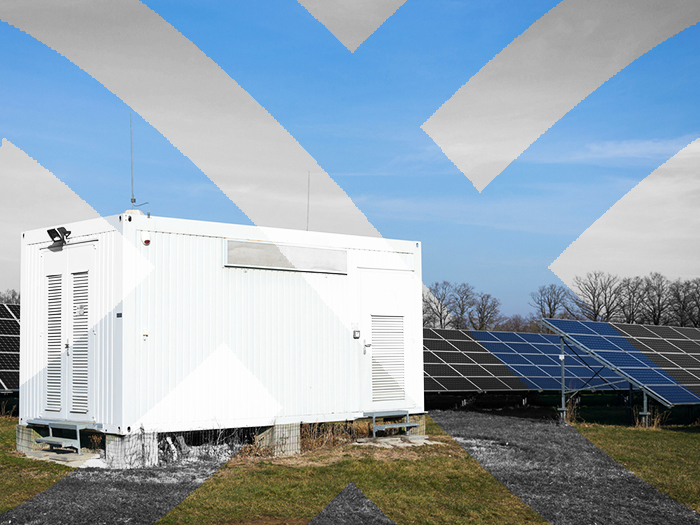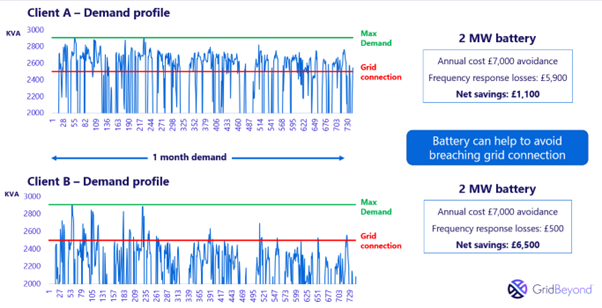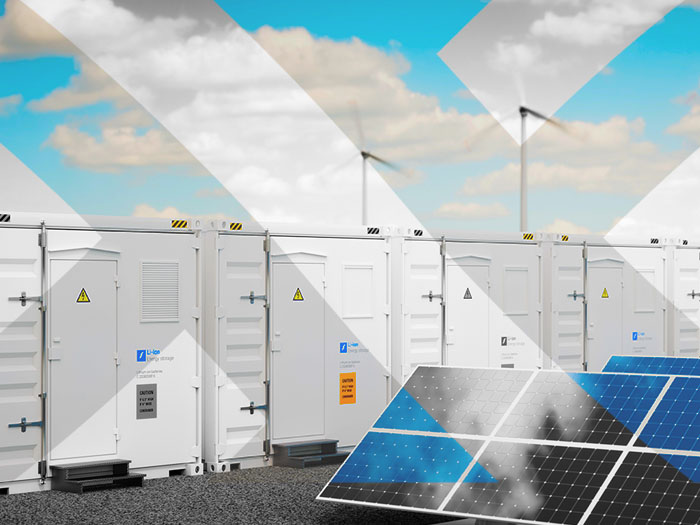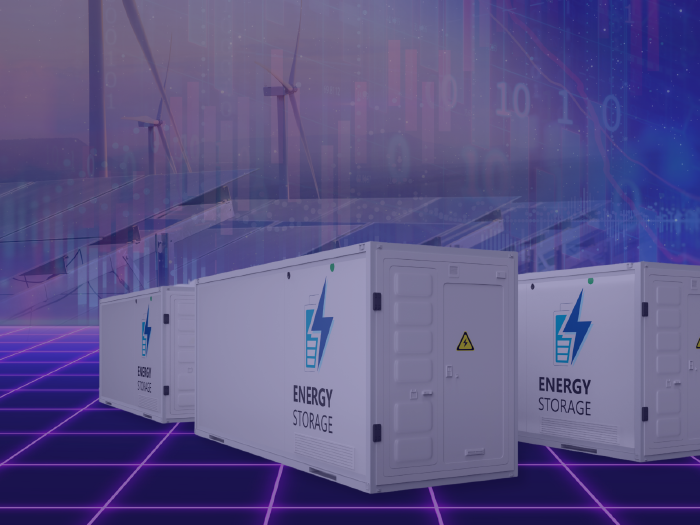News
better business decisions
Posted 11 months ago | 4 minute read

On-site batteries: a solution to avoid connection costs and bottlenecks
As the demand for electricity grid connections continues to surge, businesses face increasing challenges in navigating lengthy connection queues and escalating costs.
In 2023-24 alone, the National Electricity System Operator (NESO) said it had received over 1,700 applications to connect to the national electricity transmission system. This demand has led to a grid queue that exceeds the capacity required to meet the nation’s energy needs for 2030 or even 2050. Amid this bottleneck, on-site battery systems present a compelling solution for businesses to sidestep connection delays and manage costs effectively.
The growing grid challenge
Every business operates with a specified maximum import capacity (MIC), which defines the highest amount of electricity a business can draw from the power grid. This capacity limit is a critical part of the energy supply agreement and is determined by the distribution network operator (DNO) responsible for managing the electrical infrastructure in the area.
A site expansion or introducing new equipment which increases your energy use (for example installing electric vehicle infrastructure, on-site renewables or electrifying other assets) could exceed this MIC and lead to grid overload, power supply disruptions, and costly penalties.
The current grid connection process is struggling under the weight of applications, leaving many projects stalled. As a result NESO’s has set out plans to pause new connection applications from 29 January 2025. The pause, approved by the energy regulator Ofgem, aims to enable focused reforms to create a streamlined and future-ready grid connection process.
While NESO has said that demand projects directly connecting to the national electricity transmission network (typically large industrial and commercial units), will be allowed to continue through the connections process, the time and resources required to obtain a grid connection can pose significant challenges for businesses relying on timely electricity access.
A strategic investment
A battery energy storage system (BESS) is one way to support a site that is facing higher bills due to MIC breaches or planning for growth and/or electrification of assets.
A BESS can store energy during off-peak times for use when electricity demand spikes on site. For example, your premises could draw down energy throughout the night when the site is dormant, and then use that electricity throughout the day when there is high demand. This has the additional benefit of also buying cheaper electricity at night if your site is on an off-peak tariff.
For businesses, investing in on-site battery systems is not just a stopgap solution but a strategic move to future-proof energy needs. In the face of growing grid connection pressures, on-site batteries provide businesses with a powerful tool to avoid connection costs and wait times while contributing to the clean energy transition. By embracing this technology, businesses can ensure reliable, cost-effective energy access and support the broader goals of a sustainable and resilient electricity network.
In practice
Comparing the energy demand profiles for two GridBeyond clients over the span of one month, highlights how the integration of a 2 MW battery system can optimise grid connection and generate cost savings.

For Client A, the demand occasionally exceeds the grid connection, indicating moments when the facility draws more power than the grid can support. Such breaches could lead to additional costs, penalties, or operational disruptions.
To address this issue, GridBeyond installed a 2MW battery system. The battery helps to manage and flatten peak loads, ensuring that the demand stays within the grid connection limit. Financially, this results in net savings of £1,100.
In the case of client B, the demand also fluctuates over time but remains closer to the grid connection limit. However, there are still instances where the demand breaches the grid connection capacity, necessitating intervention. The introduction of the same 2MW battery system yields net savings of £6,500, underscoring the battery’s greater utility for Client B’s specific demand pattern.
This illustrates that batteries not only mitigate the risk of exceeding grid connection limits but also provide a pathway to substantial cost savings, particularly when demand peaks are frequent and pronounced. For Client A, the battery system offers modest net savings due to higher associated losses, while Client B enjoys a much more significant financial benefit.
The broader implication is clear: businesses facing challenges related to grid connection limits can leverage battery storage solutions to avoid costly infrastructure upgrades, maintain operational reliability, and improve financial efficiency.
GridBeyond understands the complexities of battery storage technologies and will work with you to install on-site battery storage system that provides clean, stable and uninterrupted energy supply, eliminating the risk of grid disruption. All at no up-front cost to your business.


CapEx-Free Battery | Resilience, carbon reduction and revenue
GridBeyond understands the complexities of battery storage technologies and will work with you to install on-site battery storage system that provides clean, stable and uninterrupted energy supply, eliminating the risk of grid disruption. All at no up-front cost to your business.
Learn more






